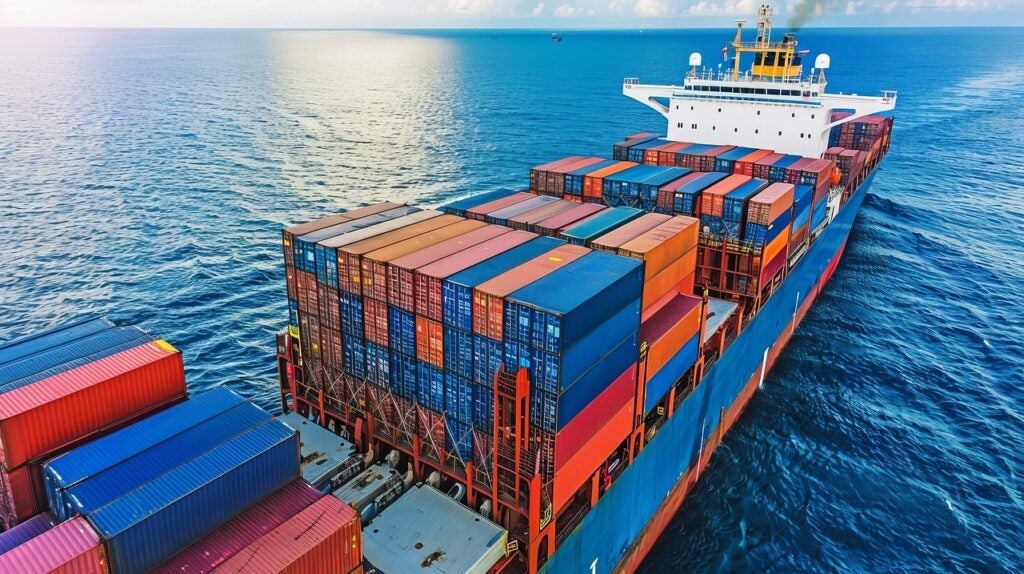Fair winds to a fair transition: the shipping sector must chart a new course
In April 2025, International Maritime Organization member states must come to a collective decision on technical and economic measures at the U.N. agency’s 83rd Marine Environment Protection Committee meeting. The adoption of these measures will define the shipping industry’s trajectory toward net-zero greenhouse gas emissions and away from fossil fuels by 2050. These policies include a carbon pricing mechanism — which would require industry to pay a specific amount for each ton of greenhouse gas emissions – and a global fuel standard accounting for emissions at every stage of the shipping process. The measures are intended to incentivize and accelerate the adoption of new, lower carbon fuel technologies, and provide revenue for re-investment into the shipping sector’s transition, with justice and equity at the center.
At the IMO meeting earlier this month, good progress was made to highlight topics of consensus and concerns between member states and other stakeholders. A key takeaway for EDF, and one which this blog begins to unpack, is that while the transition to net zero will be a broad and multifaceted challenge, it is important for delegates to recognize that carbon pricing in the shipping landscape represents a clear opportunity to integrate justice and equity into the sector’s decarbonization trajectory.
Fair winds to a fair transition: the shipping sector must chart a new course Share on XCarbon pricing systems can be complex, but the IMO is well-equipped to navigate them
Critiques and concerns about carbon pricing policy vary widely and are highly dependent on design. Carbon markets — a subset of carbon pricing — has been critiqued by the U.S. environmental community for being at odds with equity and justice values. In contrast, much of the concern raised so far in the IMO context seems to have had an economic focus. The IMO now has the opportunity to create its own carbon pricing mechanism and fully account for justice and equity concerns with a system that equitably distributes benefits.
Food security: An opportunity for revenue redistribution
Many member states at IMO are concerned that a carbon price could potentially increase the costs of food or other essential commodities that people depend on. Recognizing these and similar equity focused concerns is an essential first step towards creating a just and equitable system that benefits everyone affected. To do this, the IMO can look to other examples of carbon pricing initiatives to inform its own success.
The California Climate Investments, funded through billions of dollars raised by California’s cap and trade climate program, should increase confidence that IMO can strategically use revenue redistribution to promote justice and equity alongside emissions reductions. One program in Los Angeles received over $33 million in 2017 to avoid food waste and distribute fresh food to community members. By creating a framework that addressed community concerns fairly, revenue from this carbon pricing system allowed funds to be managed and allocated in a way that directly addressed justice and equity. This project was then able to offer a channel to meet a new and unexpected need in 2021 when important COVID 19 health information was distributed along with fresh food.
Examples like this one can motivate and inform IMO decision makers to ensure similar investment opportunities are possible for stakeholders impacted by the possible negative side effects of shipping decarbonization. It is key that member states recognize that revenue redistribution creates, not prevents, opportunities to improve justice and equity.
Participatory Justice leads to just outcomes
In 2012, as revenue was about to be generated from California’s cap-and-trade program, environmental justice leaders — many of whom did not see such program as the best path forward — advocated for and helped pass a law requiring about a third of the revenue benefit “disadvantaged communities.” These communities would be identified based on a set of socioeconomic and pollution burden indicators that allowed past harms and injustices to guide who would be first in line to benefit in the future. Now, more than half of the state’s climate investments provide benefits directly targeted towards these disadvantaged communities and low-income households. This was the result of California advocates having access to decision makers and leaders that recognized the importance of their perspectives through tools like an environmental justice advisory committee to weigh in on regulatory decisions. IMO delegates should take this as an example and recognize that they cannot expect more just outcomes without the processes and access that make them possible.
Shipping’s decarbonization path matters far beyond its own sector
Under the IMO’s stewardship, the global shipping sector is poised to set an example for how a major, international sector can chart a new path towards avoiding the worst impacts of climate change, while transitioning to a new low carbon economy in a just and equitable way. This is a huge lift and the IMO’s diligent work is already showing that it is attainable.
The world will be watching how the shipping industry – a hard-to-abate sector, once considered a laggard in decarbonization – charts its new path forward as an example for how other large sectors can create strong, just and equitable decarbonization programs. By adopting a levy on emissions together with a strong global fuel standard, and ensuring inclusion of environmental justice stakeholders, the IMO has the unique opportunity to be a global leader in addressing the climate crisis justly and equitably.











